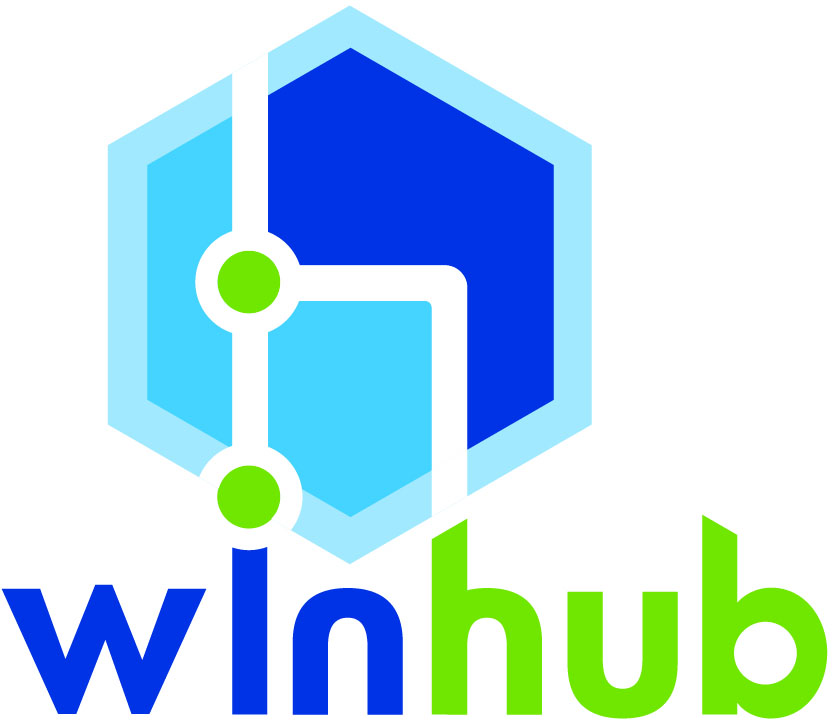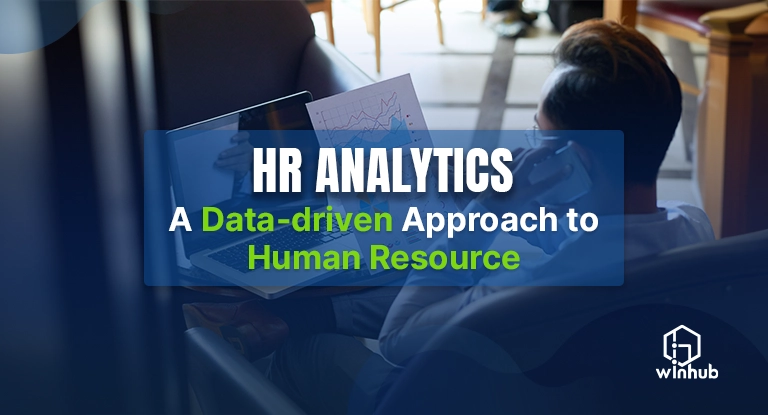In the dynamic landscape of businesses, the strategic role of Human Resources (HR) has evolved significantly. No longer confined to traditional personnel management, HR now plays a crucial role in shaping organizational strategies and outcomes. When it comes to implementing HR strategies and practices, one of the most powerful tools is human resources analytics, also known as HR analytics. Utilizing the power of HR analytics, businesses can empower themselves to gain valuable insights into their workforce, enabling informed decision-making that goes beyond traditional HR practices.
What is HR Analytics?
HR analytics, at its core, involves the use of data and statistical methods to optimize HR processes, enhance workforce performance and drive better business outcomes. It transforms HR from a predominantly administrative function to a strategic partner, utilizing data-driven insights for informed decision-making. In fact, HR analytics empowers several organizations to align their human capital strategies with overall business objectives. This encompasses a diverse range of data types, all centered around the people function within the organization.
For instance, HR analytics software allows business managers to base their people-related decisions on concrete data rather than relying on intuition. This software facilitates the analysis of employee performance and provides insights into areas where job candidates may be dropping out of the hiring process.
HR Analytics in Business
In the digital era, the importance of making decisions based on data becomes ever more clear as organizations aim to flourish. HR analytics emerges as a crucial asset in this context, offering a systematic approach to understanding the potential of the workforce.
Here are key aspects highlighting HR analytics in business:
1. Strategic Workforce Planning
In the digital age, where change is constant and unpredictable, organizations need to be agile and adaptive. HR analytics empowers strategic workforce planning by leveraging data to anticipate future talent needs. By analyzing current trends and historical data, organizations can identify skill gaps, foresee changes in the workforce landscape and ensure that the right talent is available when and where it is needed. This foresight enables businesses to focus on their human capital strategies with the dynamic demands of the digital era.
2. Employee Engagement and Retention
Employee engagement and retention are critical factors in the success of any organization. In the digital era, where competition for skilled talent is fierce, understanding and improving employee satisfaction is paramount. HR analytics provides a data-driven approach to delve into factors influencing engagement and retention. By analyzing metrics related to employee satisfaction, performance, and turnover rates, organizations can identify patterns and drivers. This insight empowers HR professionals to implement targeted strategies, creating workplaces that foster satisfaction, loyalty and longevity.
3. Recruitment Optimization
Recruitment is an important function, especially in industries where technological advancements are rapid. In the digital era, attracting and retaining top talent is a competitive advantage. HR analytics streamlines the recruitment process by evaluating the effectiveness of various sourcing channels, identifying successful hiring strategies and assessing the long-term success of new hires. By scrutinizing data on candidate experiences, time-to-fill metrics and the efficacy of recruitment channels, organizations can optimize their recruitment efforts, ensuring efficiency, cost-effectiveness and the acquisition of talent aligned with digital competencies.
4. Performance Management
Traditional performance management systems often fall short in the digital era, where rapid innovation and continuous improvement are key. HR analytics transforms performance management into a dynamic and responsive process. It goes beyond the constraints of annual reviews, incorporating real-time feedback and continuous assessment. By analyzing data related to individual and team performance, organizations can identify high performers, address performance issues promptly and align individual goals with organizational objectives. This adaptive approach is essential in cultivating a workforce capable of navigating the evolving challenges of the digital landscape.
5. Diversity and Inclusion
Diversity and inclusion are not just ethical imperatives but also strategic advantages. HR analytics plays a crucial role in promoting diversity within the workforce. By analyzing demographic data and assessing the effectiveness of diversity initiatives, organizations can create more inclusive workplaces. This inclusivity fosters innovation, creativity and adaptability – qualities essential in navigating the complexities of the digital landscape. HR analytics ensures that diversity and inclusion efforts are not just symbolic gestures but integral components of organizational success.
Implementing HR Analytics Successfully
While the potential benefits of HR analytics are substantial, the successful implementation of this transformative tool requires a strategic and well-thought-out approach. Here, we explore key considerations for organizations looking to harness the power of HR analytics and integrate it seamlessly into their operations.
1. Data Quality and Accuracy
At the core of HR analytics lies the reliance on data to derive meaningful insights. To ensure the effectiveness of HR analytics initiatives, organizations must prioritize the quality and accuracy of their data. Regular audits, data validation processes and adherence to data governance standards are essential. Data integrity guarantees that the insights derived are reliable, enabling informed decision-making.
2. Technological Infrastructure
Investing in the right technological infrastructure is paramount for successful HR analytics implementation. Robust HR analytics tools should be capable of processing large volumes of data efficiently, providing clear visualizations, and supporting predictive analytics. The technology chosen should align with the organization’s specific needs, ensuring that it can handle the complexities of modern data analytics.
3. Skill Development
Empowering HR professionals with the necessary skills is critical for the successful adoption of HR analytics. Training programs should focus on data analysis, interpretation and the use of analytics tools. HR teams need to be equipped with the knowledge to navigate through complex datasets, understand statistical models and derive actionable insights. Additionally, fostering a culture of continuous learning ensures that HR professionals stay abreast of evolving analytics methodologies and technologies.
4. Ethical Considerations
Given that HR analytics involves handling sensitive employee data, ethical considerations are critical. Organizations must establish clear ethical guidelines and protocols for data usage. This includes ensuring compliance with data protection regulations, such as GDPR or other relevant standards. Transparent communication with employees about how their data will be used and safeguarded builds trust and mitigates potential concerns regarding privacy.
Harness the power of HR Analytics with WinHub
HR analytics stands as a transformative force in modern HR practices, by which organizations utilize the full potential of their workforce. As technology continues to advance, and organizations place a greater emphasis on data-driven decision-making, the role of HR analytics will only become more integral in shaping the future of work. If you want to unlock new levels of efficiency with HR analytics, seek help from WinHub’s Human Resources experts today.



